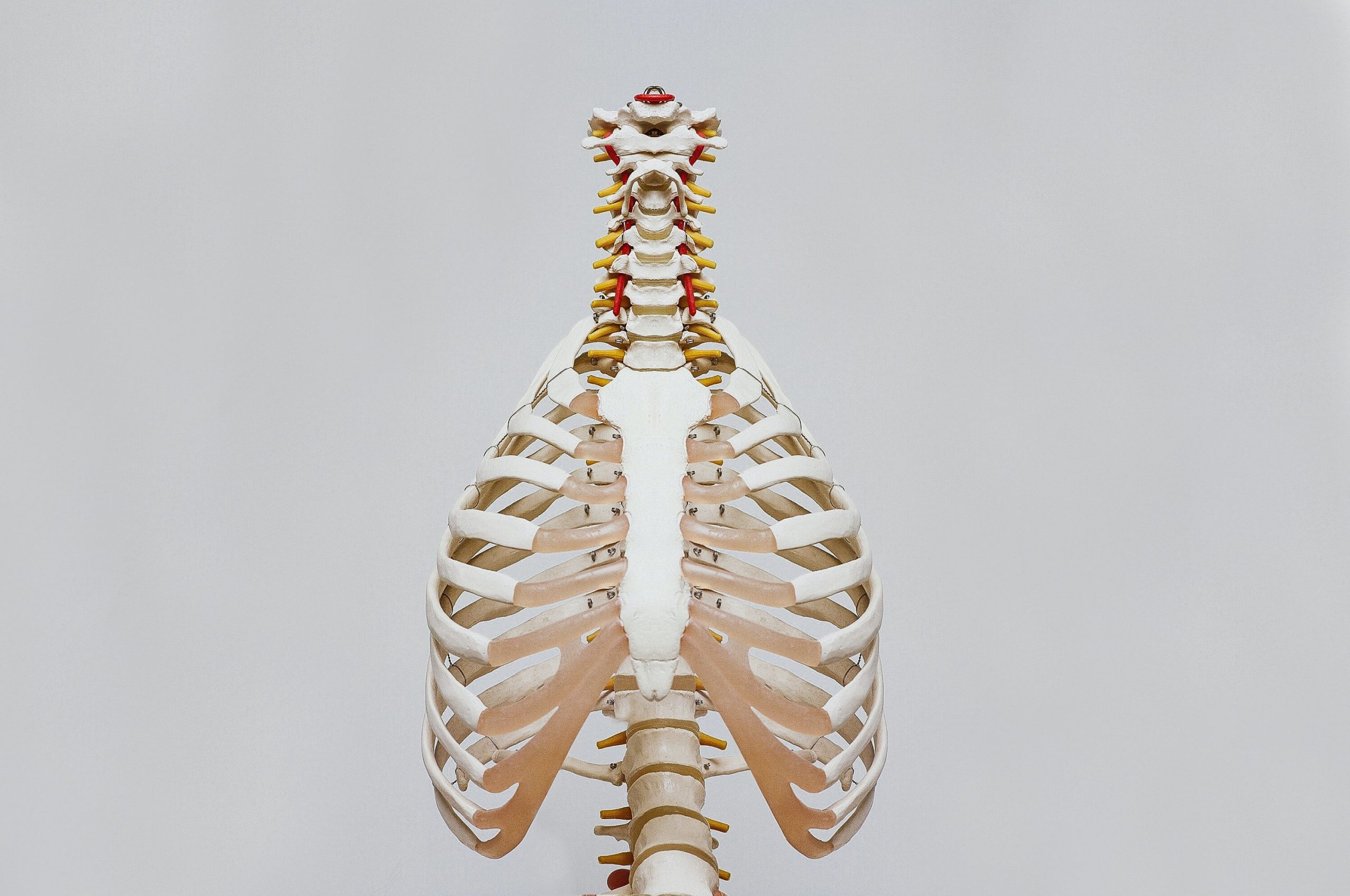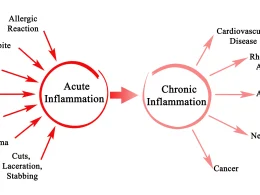As we age, it’s natural to worry about our health and well-being. One of the most common concerns among seniors is osteoporosis — a condition that weakens bones and makes them more susceptible to fractures. But fear not! In this article, we’ll explore how strength training can be an effective tool in preventing osteoporosis and reducing the risk of fractures as you get older. So, grab your weights and let’s dive in!
What is osteoporosis?
As we age, our bones gradually lose density and strength. This process is called osteoporosis, and it increases our risk of fractures.
Osteoporosis is a serious problem for older adults. Each year, more than 300,000 Americans over the age of 50 suffer from osteoporosis-related fractures. These fractures can cause pain, disability, and even death.
Fortunately, there are things we can do to prevent or slow the progression of osteoporosis. One of the most effective ways to do this is through strength training.
Strength training helps build bone mass and slow the loss of bone density that comes with age. It also helps improve balance and coordination, which can reduce the risk of falls and fractures.
The best way to get started with strength training is to consult with a certified personal trainer or fitness expert. They can design a program that’s tailored to your needs and abilities.
How can strength training help prevent osteoporosis and fractures?
As we age, our bones gradually lose density and become weaker, making them more susceptible to fractures. Strength training can help offset this natural decline in bone density by increasing muscle and bone strength. By regularly engaging in strength-training activities, you can help reduce your risk of developing osteoporosis and fractures as you age.
The benefits of strength training
As we age, we tend to lose muscle mass and bone density. This can lead to a host of problems, including osteoporosis and fractures. Strength training can help offset these problems by building muscle and improving bone density.
Here are some specific benefits of strength training:
1. Improves muscle mass. As we age, we lose muscle mass. This can lead to a decrease in strength and mobility. Strength training can help increase muscle mass, which can help improve strength and function.
2. Increases bone density. Strength training can help improve bone density, which can help reduce the risk of osteoporosis and fractures.
3. Improves balance and coordination. As we age, our balance and coordination often decline. Strength training can help improve balance and coordination, which can reduce the risk of falls and fractures.
4. Reduces the risk of injuries. Strength training can help reduce the risk of injuries by improving muscle strength and joint stability
The best exercises for preventing osteoporosis and fractures
As we age, our bones can become weaker and more brittle, making them more susceptible to fractures. osteoporosis is a condition that affects millions of people worldwide and can lead to debilitating fractures. While there is no cure for osteoporosis, there are things we can do to prevent it from happening or progressing. Strength training is one of the best things you can do to prevent osteoporosis and fractures.
Strength training helps to increase bone density and reduce the risk of fractures by puttings stress on the bones. This type of exercise also helps improve balance and coordination, which can help prevent falls – one of the main causes of fractures in older adults.
There are many different ways to strength train, so there’s no need to be intimidated if you’re new to it. You can start with simple exercises at home using your own body weight or household objects such as cans of soup or bottles of water. If you’re already active, you can incorporate strength-training moves into your current workout routine. There are also plenty of classes offered at gyms and community Centers designed specifically for older adults.
No matter what your fitness level may be, there’s a way for you to get started with strength training and help reduce your risk of osteoporosis and fractures.
How to get started with strength training
As we age, it becomes increasingly important to focus on our bone health. Osteoporosis and fractures are common among older adults, but strength training can help prevent these conditions. Here are some tips for getting started with strength training:
1. Talk to your doctor. Before starting any new exercise program, it’s always a good idea to check in with your doctor. This is especially true if you have any health concerns or risk factors for osteoporosis or fractures.
2. Start slow. If you’re new to strength training, it’s important to start slowly and gradually increase the intensity of your workouts. There’s no need to try to lift heavy weights right from the start. Focus on using light weights and bodyweight exercises to get started.
3. Use proper form. Using proper form is critical when doing any type of strength-training exercise. This will help ensure that you’re working the muscles effectively and reducing your risk of injury. If you’re unsure about how to perform an exercise correctly, ask a certified personal trainer or coach for help.
4. Progress gradually. As you become more comfortable with strength-training exercises, you can gradually increase the intensity by adding more weight or reps, or by performing more challenging exercises such as Plyometrics or kettlebell swings . However, it’s still important to progress slowly and not try to do too much too soon.
5. Listen to your body . It’s important to pay
Conclusion
Strength training is a crucial part of aging gracefully and preventing the onset of age-related issues such as osteoporosis and fractures. With consistent strength training, you can improve your overall health and well-being by maintaining healthy bones, stronger muscles, better balance, and improved posture. Additionally, strength training can reduce the risk of falls that could lead to serious injury or even death. So be sure to add regular strength training into your weekly routine in order to make sure you are staying safe and healthy as you age!










